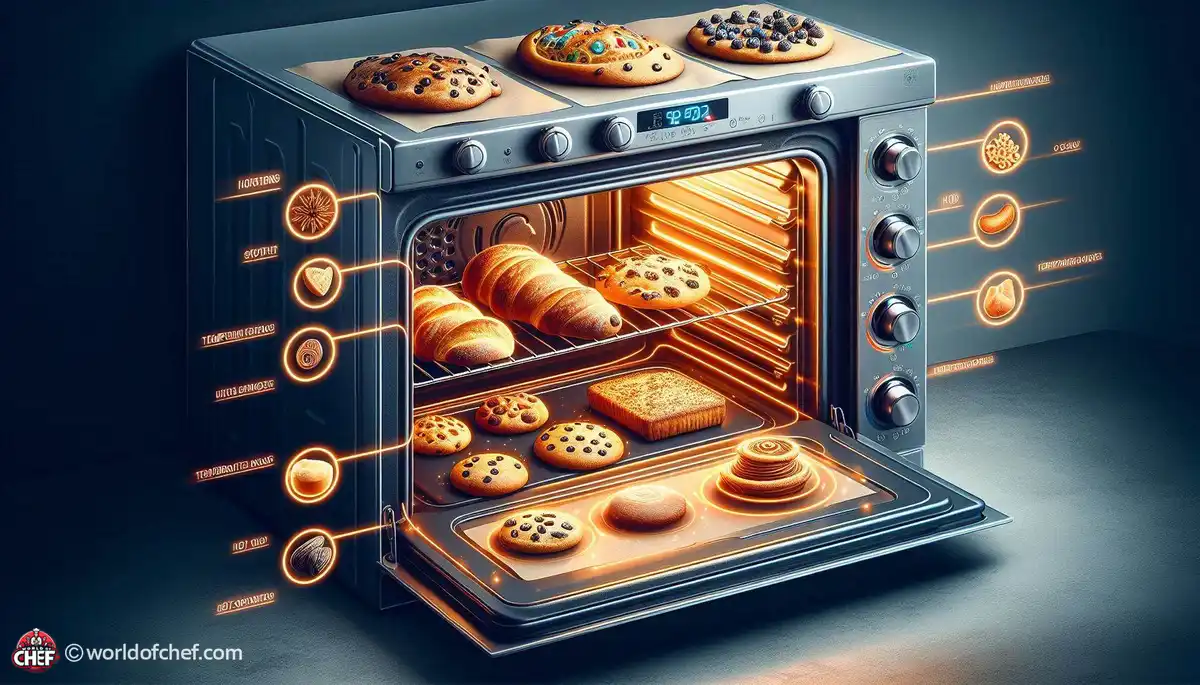
Understanding Oven Hot Spots and How to Bake Around Them
Russell Comeaux - Mar 30, 2025 - 13 min read

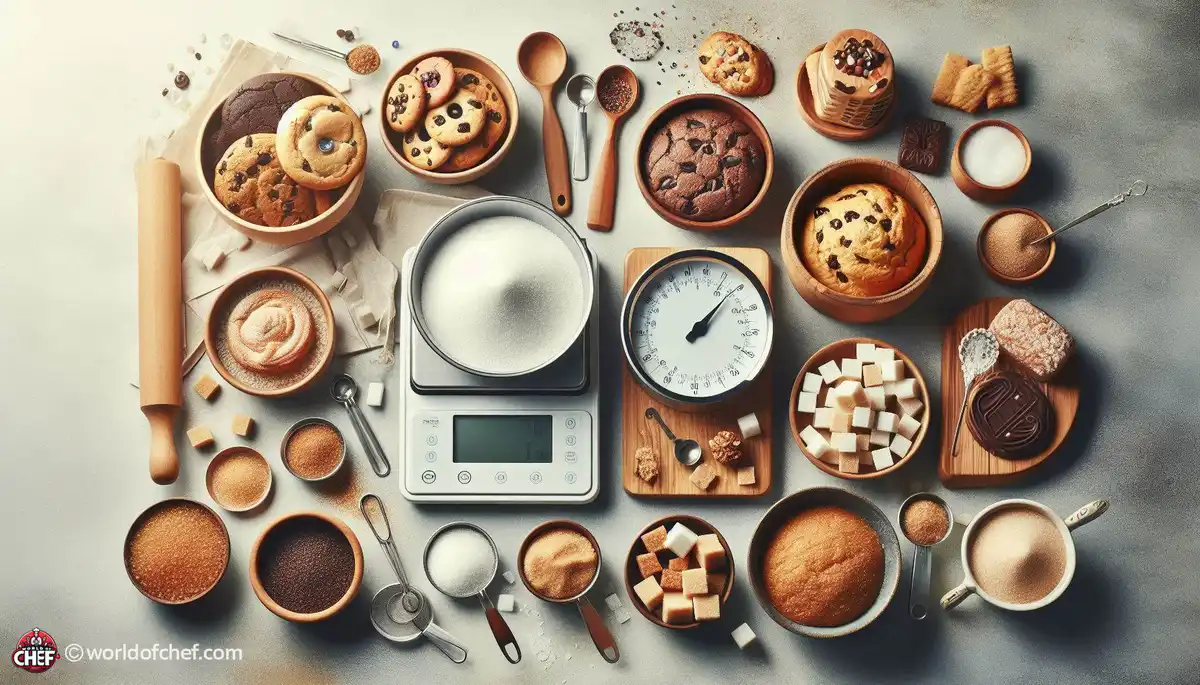
Sugar is perhaps the most important ingredient used within baking, an art, but also a science: in whatever type of confection you may prepare-pasta, cakes, biscuits, or pastries-being in the right dosage gives your final product just what you need to put smiles on people's faces and receive praise for all good food. Let's get into the different aspects of measuring sugar, why it matters, and how to ensure your baked goods come out perfect every time.
Sugar used in baking is not of the same type. The most typical one is granulated sugar, which is used quite often in recipes. In its general form, it will dissolve well and give structures to baked goods. At the other end, you have powdered sugar, the so-called confectioner's sugar, which appears very fine and is a preferred choice for frostings and glazes. Each form has a different property as far as the finished texture is concerned.
Be careful with the kind of sugar you use. For instance, using powdered sugar instead of granulated will make for a denser cake or too sweet frosting if the recipe calls for granulated sugar. Be aware of these differences and know when to use which kind for best results. Make sure always to check your recipe so that you are measuring the right kind of sugar.
Brown sugar is just fantastic for baking because it can add a deep, caramel-like flavor and moisture to baked goods. It is actually granulated sugar mixed with molasses that gives the sugar a distinct taste and higher moisture level. Since light brown sugar contains less molasses and dark brown sugar contains more, you can imagine which one of these will be deeper in flavor. So, choice may make or break your baked treats.
For example, when you bake cookies with dark brown sugar, the flavor is deeper and richer, with a slightly chewy texture compared to those that were made using light brown sugar. Brown sugar has to be packed into the measuring cup tightly when it's being measured. Packed brown sugar is one specification that recipes may carry for you to follow as the instruction is very essential.
With today's rise in health awareness, many bakers begin to think about sugar alternatives, including stevia, erythritol, and honey. These greatly reduce the calorie count but behave differently in baking, affecting texture, flavor, and moisture. You should know how these alternatives work if you are going to use them as an alternative to the traditional sugar.
Keep in mind the use of substitutes may mean a sweetener will not yield the same level of sweetness as regular sugar. Some, like Stevia, are much sweeter, so you must use far less of it. A few sugar substitutes will not caramelize or brown the same as the sugar, so this could possibly affect the finished product in your baked goods. Generally, it is always best to do a little bit of research and testing just to find that perfect balance when swapping out with one of these alternatives.
Baking science is often referred because it heavily relies on accurate measurements in reactions between ingredients. Most cooking can get away without the exact measurement of these ingredients, but baking could not. It requires high accuracy to ensure that each chemical reaction occurs as per requirement. This is because sugar is a vital addition to not only sweetness, but also texture, browning, and stability are concerned.
You might be throwing off the balance of flavors and textures in your dessert when you measure sugar incorrectly. Too much sugar can result in too sweet desserts that do not rise well. Too little sugar can result in very bland or dry baked goods. Mastering measurement techniques is not just about following a recipe; it is about creating a delicious and consistent product every time you bake.
Even the most seasoned bakers can fall prey to the trap of measurement errors. One common issue occurs as a result of using incorrect measuring tools. Dry measuring cups are ideal for dry ingredients like sugar, and liquid measuring cups are appropriate for wet ingredients. Wrong tool usage leads to a wrong measurement and bad consequences.
Another mistake is not leveling the sugar off after scooping. Many people just scoop and pour, which can mean too much sugar in the recipe. Always use a straight edge, such as a knife, to level off the top of your measuring cup for accurate measurements. These little things make a big difference in the final product.
A kitchen scale can be a game changer for those wanting to take their measurements to another level because it obviates all the discrepancies that occur with volume measuring due to different packing techniques. Most professional bakers prefer this method because it ensures constant results.
Using a scale also makes doubling recipes much easier. Sometimes, you want to multiply a recipe by two and other times you want just half of a recipe and weighing the ingredient can sometimes make this process less frustrating. Weighing can also save you time since you do not have to use measuring cups and might create less mess in the kitchen. A kitchen scale is one of those instruments that everyone serious about baking perfection will find well worthwhile.
Probably the most general application of measuring sugar is with the scoop and level. To use the scoop and level, first scoop the sugar directly from the container into a dry measuring cup. Never pack down the sugar as you'll end up over-measuring. Use a straight edge, like the back of a knife, to level off the top of the measuring cup.
This technique works easily with granulated sugar and powdered sugar, but one really must pack brown sugar in order to get the right amount. This scoop and level method is fast and convenient but does require a minimal amount of attention to detail in order to be quite accurate. Making the small effort to measure carefully can make a large difference in your baking outcomes.
Another way of measuring sugar is by the spoon method. This is most useful in cases of ingredients like powdered sugar or if you have to measure tiny amounts. You measure the sugar through spooning into the measuring cup rather than scooping the sugar directly into the measuring cup. This ensures that you don't pack and, hence, is more accurate.
Fill the cup, level off with a straight edge. This is a little time-consuming, but yields results very useful for those recipes where accuracy is at its greatest. The spoon method is always an option for beginners.
Measuring liquid sugars, like honey or maple syrup, is done differently. These sugars are viscous in nature and tend to stick to the measuring cups. You might end up taking more than you want to. Lightly grease the measuring cup with a little oil or cooking spray for easier pouring of the liquid sugar.
When measuring liquid sugars, it is essential to level the measuring cup to the eye. It is also better to pour slowly and take a measurement incrementally that way you will not exceed the amount you want to achieve. That way you are sure to get a correct measurement for your baking recipe every time. Sugar Tips for Baking Understand the Role of Sugar in Baking
In addition to giving your baked goods a sweet taste, sugar serves several critical purposes in the baking process. Sugar caramelizes during the browning process to give baked products their beautiful color and flavor. Besides that, sugar contributes to the texture by influencing the moisture content and structure of the final product.
The sugars dissolve in the process of mixing and baking that produces a tender crumb, especially important for cakes and cookies. Appreciating the functions of these sugars helps you understand why measuring sugar accurately is critical. It's not only about the sweetness; proper balance in flavors and textures makes baked goods delicious.
Once you feel you are comfortable measuring sugar, you might want to attempt trying different sugar ratios in a recipe. This leads to exciting Flavor Profiles and textures. For example, when you reduce sugar in your cookie recipe, you will get a more savory taste, whereas adding it more will enhance the sweetness and chewiness of the cookies.
Nevertheless, whenever you try something, note how it changes the composition of your recipe. With less sugar, for instance, you may have to balance fat or liquid contents to get the desired result. The baking journal can help you fine-tune your recipes over time.
The type of sugar you use may influence the texture of your baked goods. For instance, granulated sugar is often used in cookie recipes and results in a crunchier texture. Brown sugar makes cookies chewy. So, if you like one type of texture or the other, experimenting with various types of sugar will be able to give you what you want.
Also, the texture is influenced by how you mix sugar in your batter. Creaming Butter and sugar together aeration of the mixture happens, making the final product lighter. On the other hand, when you mix sugar directly with wet ingredients, the result is often denser. This information can help you to finally master the texture of your baked goods.
One of the issues bakers face with sugar is crystallization, which can occur when making candies or frostings. Crystallization occurs when the molecules have reassembled themselves into a solid form, creating a gritty texture. To prevent this, you must dissolve the sugar completely in your mixture before cooking.
When your frosting or candy turns out to be grainy, there's a chance to rescue it by heating gently while stirring until the sugar melts once more. Not stirring during some stages of cooking and maintaining a constant temperature will also prevent crystallization. This phenomenon should empower you to tackle sugar issues when they arise in baking.
This is not a bad thing; in fact, most bakers find their products to be too sweet. The reasons for this could include misreading the recipe or using a different type of sugar than what the recipe calls for. When tasting a finished product that has turned out too sweet, it may be good to serve it with something a little tangy or savory to balance the flavors; this can be done, for example, by placing cream cheese frosting on carrot cake that is overly sweet.
For most recipes, you can cut down on the sugar content by 25% without a noticeable difference in the finished product. You will end up with less sugar in it and maybe a better flavor balance. This sugar reduction will make it easier for you to know how much sweetness is right for your taste.
Humidity affects the behavior of sugar in your recipes when you bake. High humidity will have your sugar clumping; when this happens, you have trouble measuring it accurately. You may need to store sugar in airtight containers to keep the moisture away.
You will need to add a bit more flour to compensate for the added water. Humidity would be understood on your ingredients, making all the necessary adjustments so your baked goods come out just right regardless of the weather.
Learning to measure sugar is the way to guarantee deliciousness and consistency in baking. There, now that you've mastered the varieties of sugars and how the right quantity with precise measurement and a precise measuring technique is achieved, your baking skills should stand elevated to new levels of sophistication. Baking's an art and a science at once, after all-and as you become even more proficient, that mix of elements will continue coming into its own for the best of recipes. So, whether it's the party cake or evening cookies, be sure to get those sugar measurements right and shining creations. Happy baking!

Russell Comeaux - Mar 30, 2025 - 13 min read
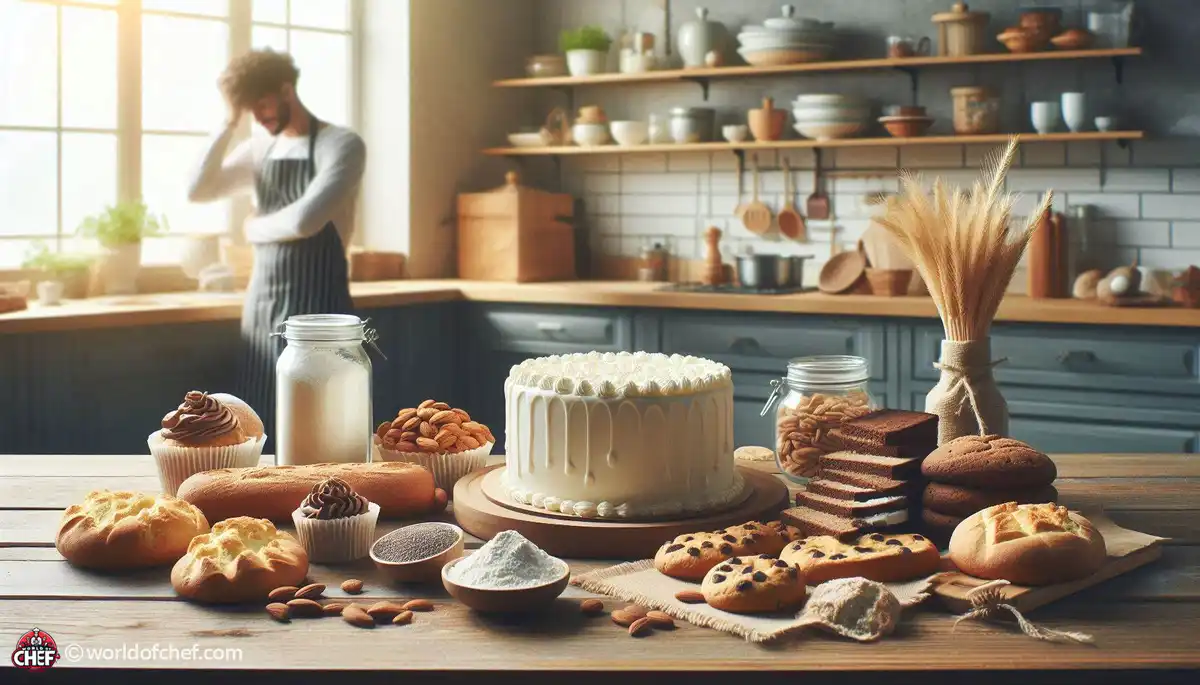
Alexis Larose - Mar 25, 2025 - 15 min read
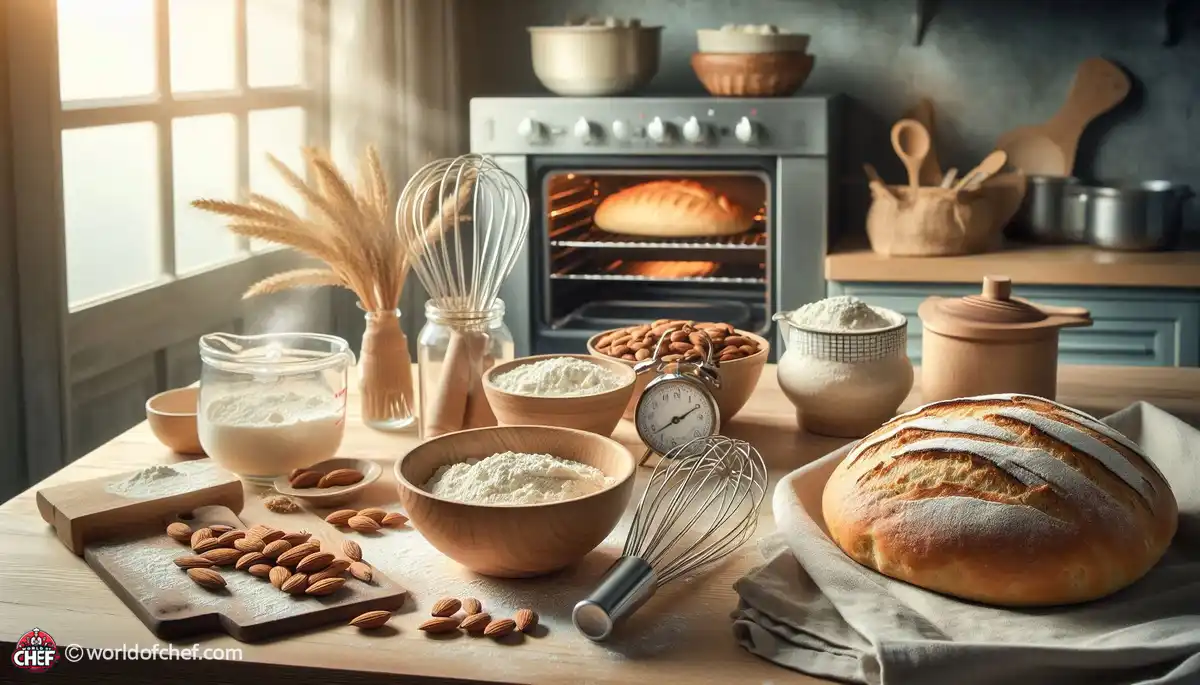
Hailey Morrill - Mar 21, 2025 - 18 min read
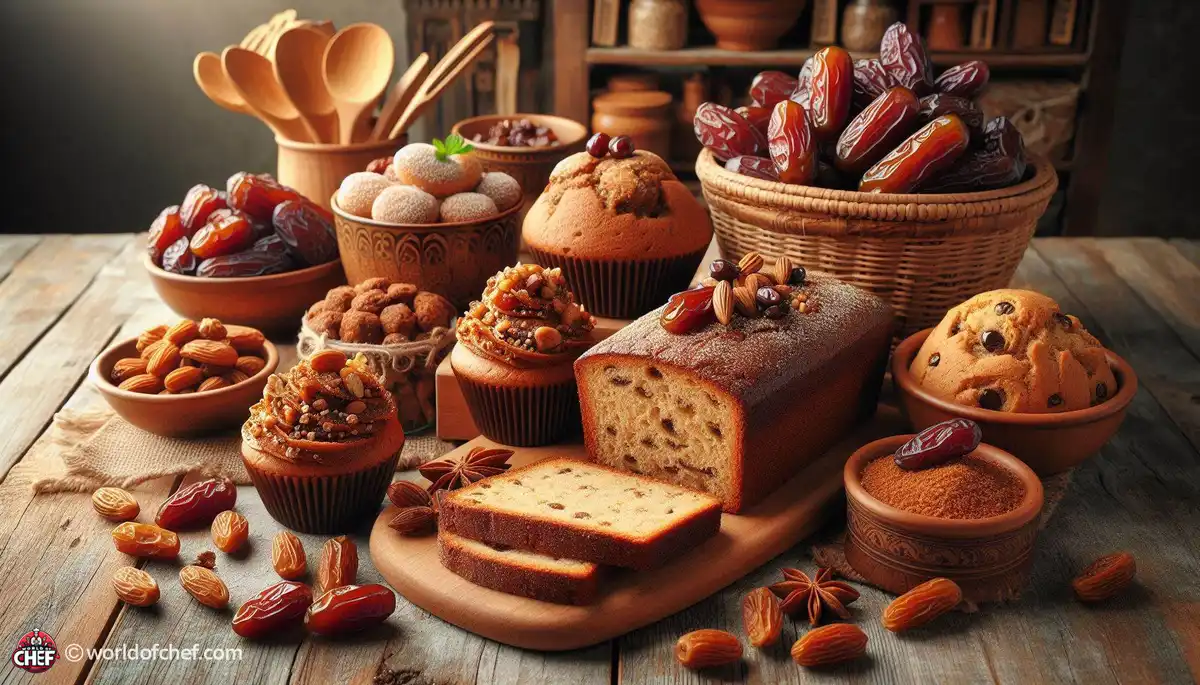
Bobby McKelvey - Mar 18, 2025 - 12 min read